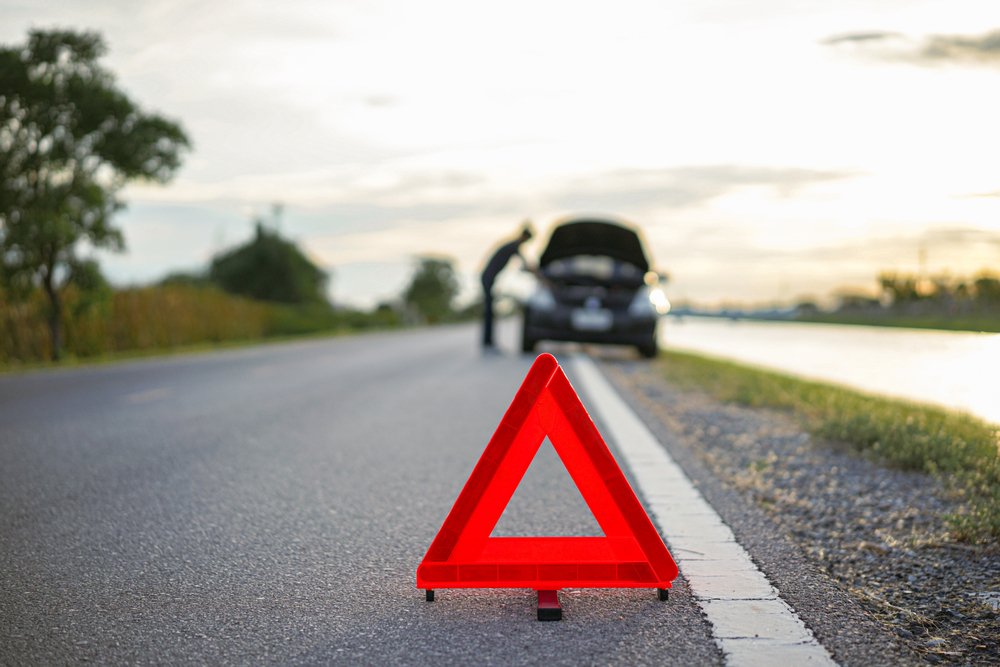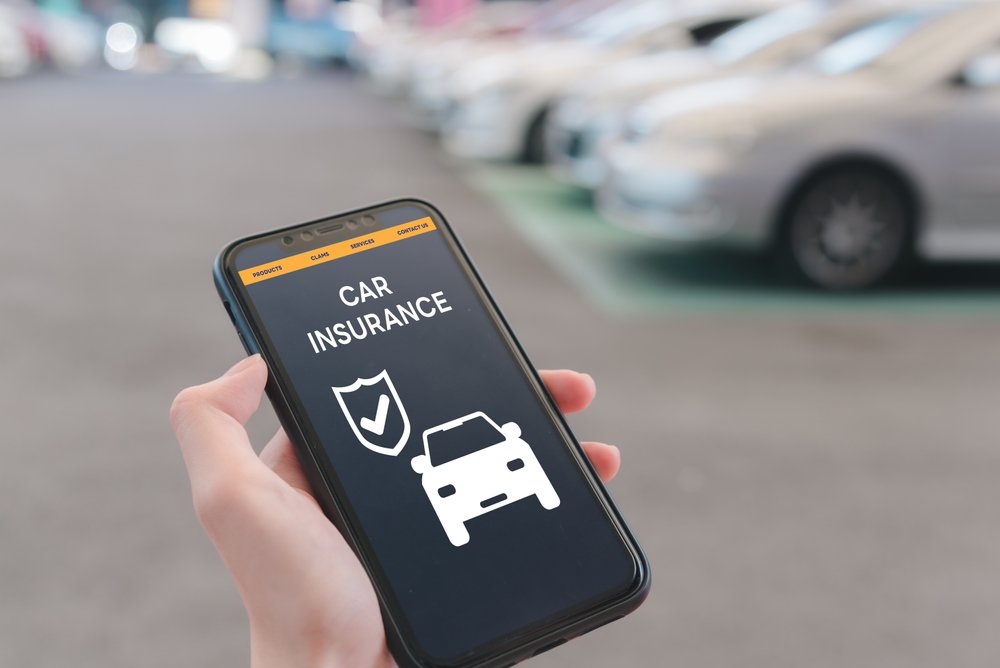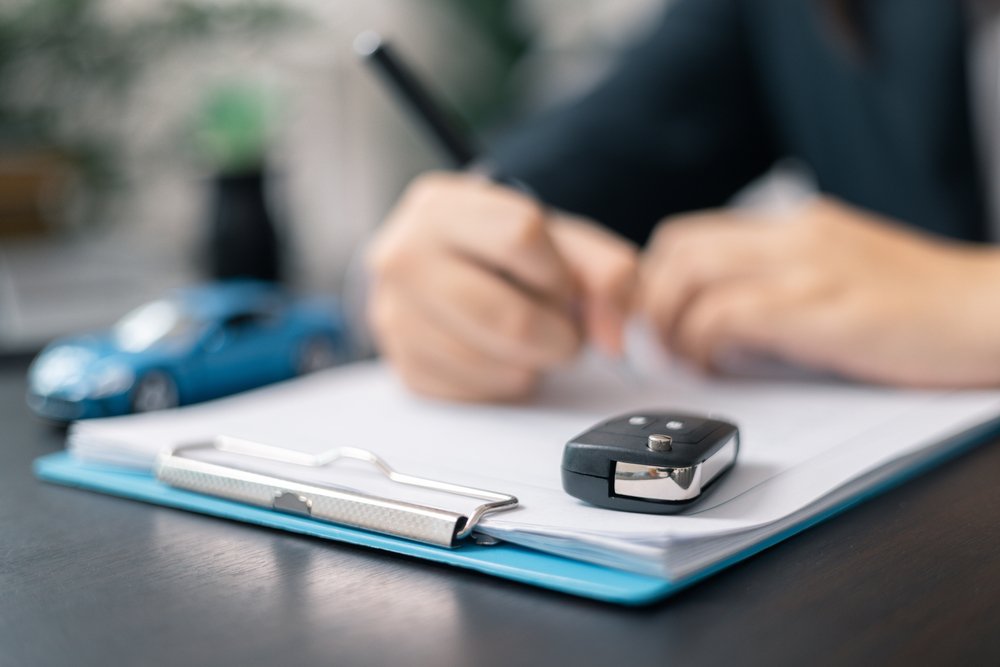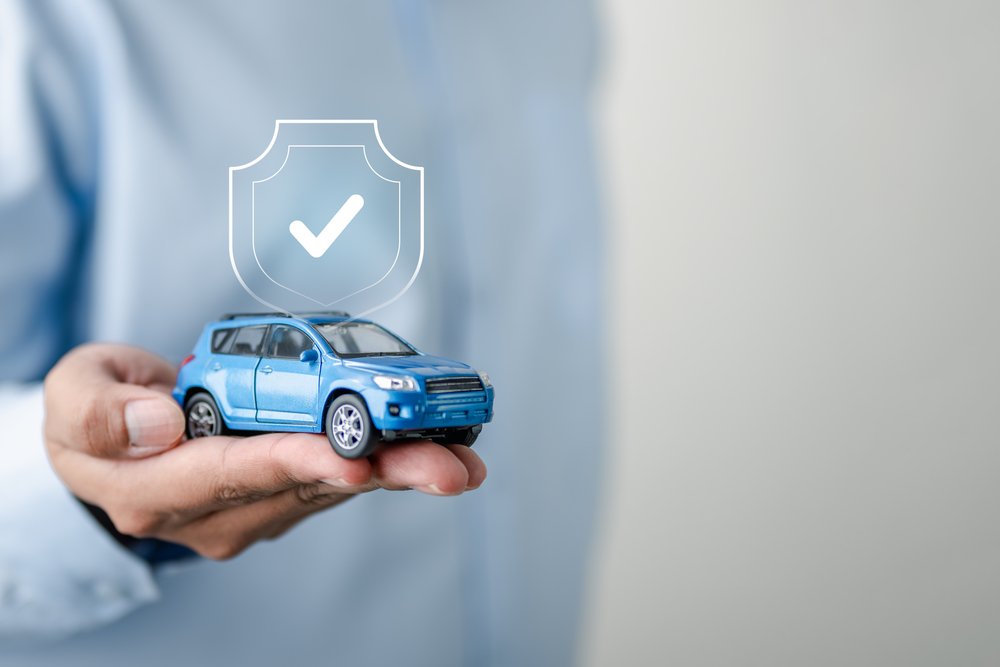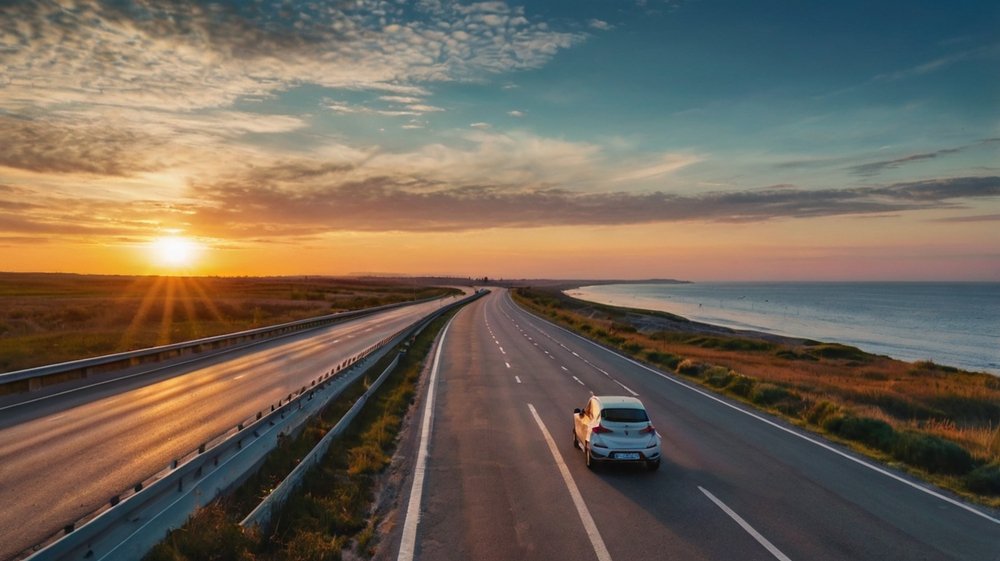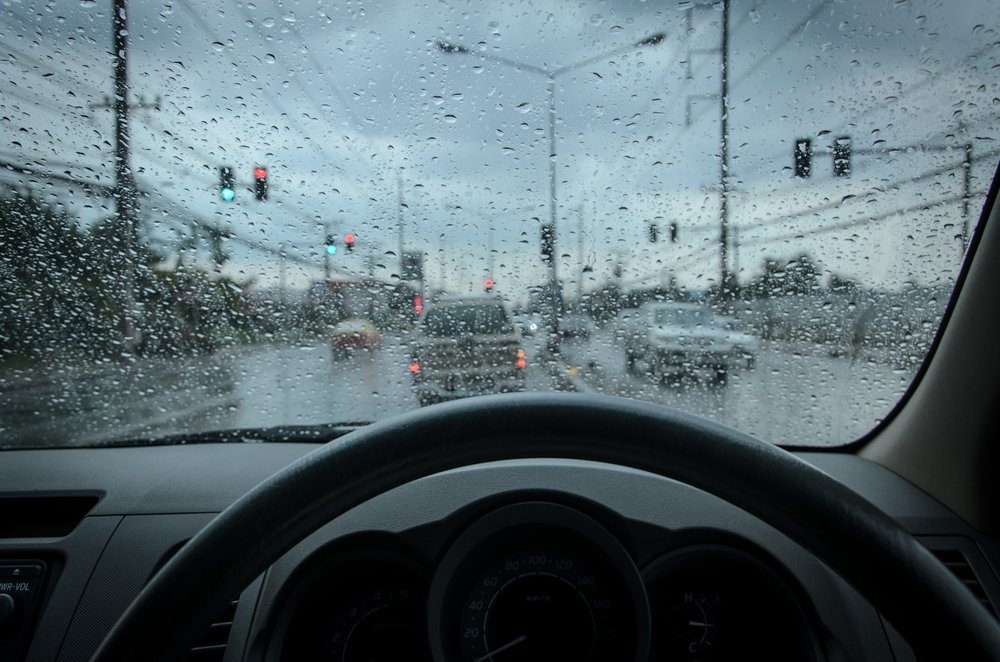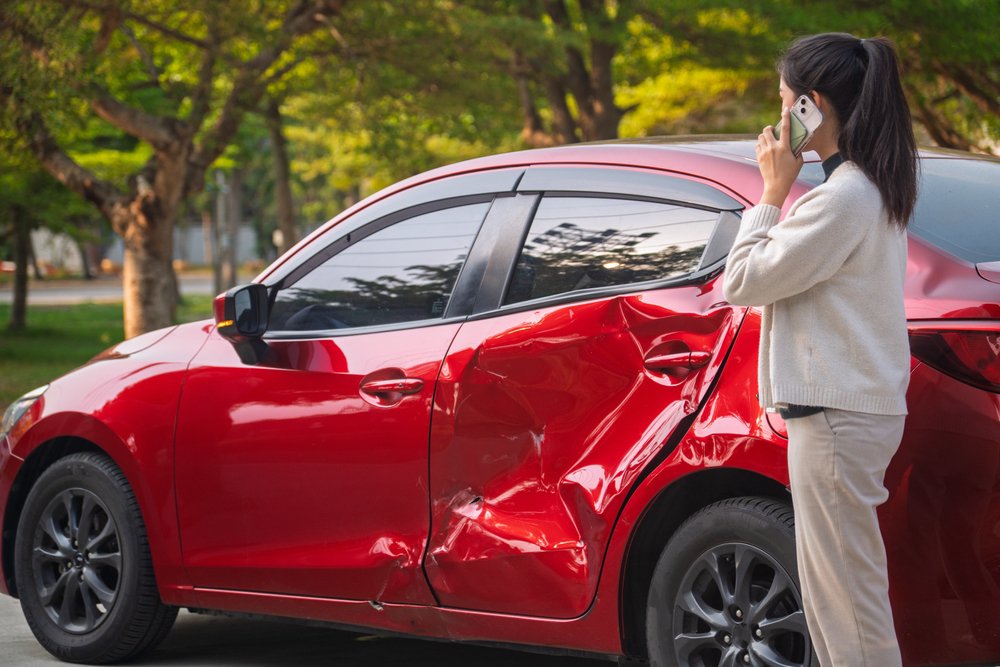If you find yourself needing emergency roadside assistance in California, knowing what to do next can be the difference between a stressful ordeal and a safe resolution. California highways are often fast-paced, heavily trafficked, and unpredictable, so being prepared is key. This guide will help you take the right steps—from pulling over safely to getting back on the road—so you stay calm, protected, and in control.
Prioritizing Your Safety
Pulling Over Safely
When you first notice an issue with your vehicle—whether it’s a flat tire, overheating, or sudden mechanical trouble—your immediate priority should be pulling over safely. Signal early to alert other drivers of your intention to move to the side. If possible, steer your vehicle toward the right-hand shoulder or into an emergency turnout area off the highway. Once you’re out of the main traffic lane, activate your hazard lights immediately. This not only alerts other drivers but also gives you a visual safety buffer while you assess the situation.
Assessing the Situation
After you’ve come to a complete stop, take a moment to evaluate your surroundings. If it’s unsafe to exit your vehicle, remain inside with your seatbelt fastened. In cases where you must leave your car—for example, if you smell smoke or suspect a fire—only exit through the side furthest from traffic. Always stay aware of your environment, especially with fast-moving vehicles passing nearby. Use caution when stepping out and make sure you are not putting yourself in harm’s way.
Using Warning Devices
To increase your visibility and alert other drivers, set up any warning devices you may have. Placing reflective triangles or road flares at a safe distance behind your car can help prevent accidents. If you don’t have these items, tie a brightly colored cloth or object to your driver’s side mirror or door. This simple move makes your vehicle more noticeable, especially in low-light conditions or at night, helping others steer clear of your location.
Contacting for Assistance
Calling for Emergency Services (911)
If you’re involved in a crash, feel unsafe, or witness a dangerous situation unfolding, don’t hesitate to call 911. Emergency services should always be your first contact in situations involving injury, fire, or serious threats. Be ready to share your location clearly—California highways often use mile markers or exit numbers, which can help dispatchers pinpoint your position. Communicate calmly and follow all instructions while you wait for help to arrive.
Contacting Roadside Assistance
If the situation isn’t critical, reaching out to a roadside assistance provider is your next step. Whether you’re insured through your car insurance California policy or you’ve enrolled in a standalone service like AAA, make sure you have your membership or policy information available. Most auto insurance providers in California include basic roadside support for services like battery jumps, fuel delivery, and towing. Calling the right number quickly will get help moving your way without delay.
Using Technology
Technology can be your best friend when stuck on the road. Many auto insurance companies and services like AAA California roadside assistance offer mobile apps that allow you to request help and share your real-time location with responders. Using your smartphone’s location-sharing features can speed up arrival times and reduce confusion, especially in rural or unfamiliar areas where road names or signage might be limited.
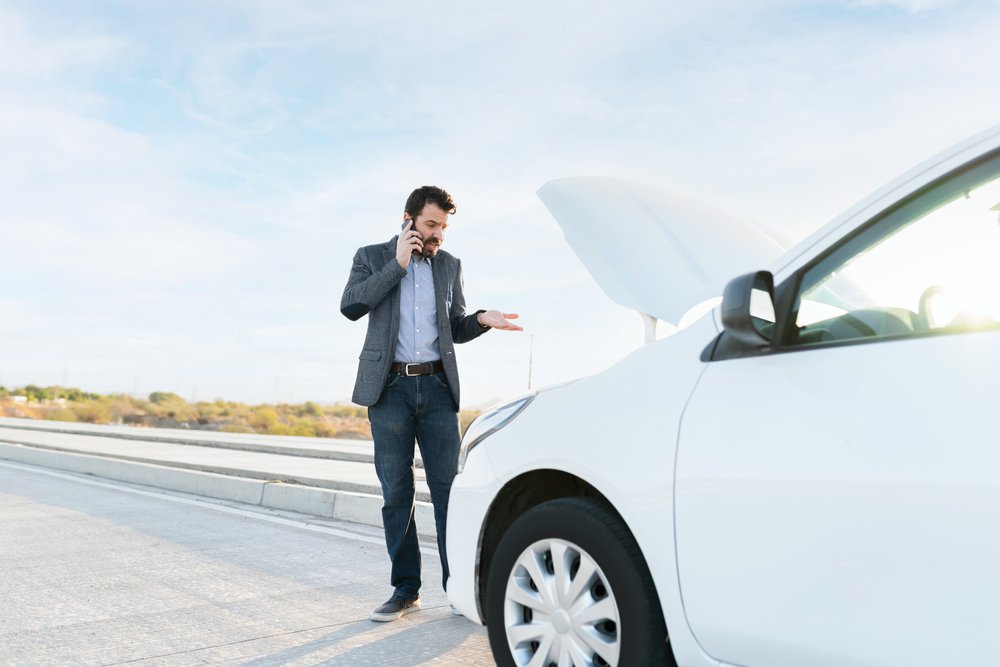
While Waiting for Help
Staying Visible
While waiting for assistance, stay close to your vehicle to remain visible to responders. Unless it’s absolutely unsafe, do not wander far from your car. If it’s nighttime, use your phone’s flashlight or an actual flashlight to make yourself easier to see. Keeping your hazard lights on will also help others identify your location from a distance and avoid your stalled vehicle.
Conserving Resources
If your vehicle cannot be restarted, it’s important to conserve the battery and any other available resources. Limit your use of phone apps and internal car electronics to preserve battery power. If you’re dealing with extreme heat, ration your water supply and avoid unnecessary movement to stay cool. Being mindful of your resources will keep you safe and alert for a longer period while help is on its way.
Being Patient and Aware
Depending on your location, traffic conditions, and time of day, assistance may take a while to arrive. Practice patience and stay mentally prepared for the delay. Keep an eye on your surroundings and remain inside your vehicle with the doors locked if you feel vulnerable. Avoid accepting help from strangers unless you’re absolutely certain it’s safe to do so. Professional help is always your best bet.
After Help Arrives
Following Instructions
Once emergency responders or roadside service personnel arrive, allow them to take control of the situation. Follow their instructions closely and answer any questions they may have about what happened. They are trained to assess your needs quickly and determine the safest solution. Trusting their process will help you move toward a resolution faster.
Ensuring Your Vehicle is Safely Handled
If your vehicle requires towing, confirm with the driver where it will be taken. Whether it’s a repair facility or a safe holding lot, having that information gives you peace of mind and helps you coordinate transportation or next steps. Before the tow, remove important belongings or valuables from your vehicle and double-check that nothing essential is left behind.
Getting Back on the Road Safely
When it’s time to rejoin traffic, do so cautiously. Wait until there is a wide enough gap in traffic and merge slowly but confidently. Use your signals properly and accelerate to match the flow of vehicles on the highway. Before pulling out, double-check that all vehicle functions like lights and brakes are working correctly. A careful return to the road ensures your safety and the safety of others.
Key Safety Tips to Remember Every Time
Emergencies on the highway can happen when you least expect them, but being prepared makes all the difference. Whether you’re enrolled in AAA California roadside assistance or you rely on support through one of the auto insurance providers in California, the key is staying calm, informed, and proactive. It’s always a good idea to review your car insurance California policy to know exactly what’s covered during these incidents. Keep your roadside assistance numbers stored in your phone, and always carry a basic emergency kit in your car.
Stay Calm, Act Smart, Get Help Fast
Getting stuck on a California highway is stressful, but by taking the right actions—prioritizing safety, contacting reliable assistance, and following through calmly—you can handle the situation with confidence. Make sure you’re prepared before emergencies happen by reviewing your roadside options and knowing how to use them when needed.
Contact Pronto Insurance for roadside assistance. Check out all the issues we can help you with and give us a call!


